Even with reports that business is starting to get back to normal in places like China and South Korea, the current business disruption caused by the COVID-19 pandemic could last quite a bit longer in many other countries, including the U.S. Many business owners fear that the financial impacts of the pandemic may continue to affect them for the rest of 2020 or even longer.
Uncertainty seems to be the new default condition for the foreseeable future. Even so, it’s still possible — and important — to plan for long-term business disruption. Try these strategies:
Assess and quantify
Dig into your prior financial statements and compare last year’s year-to-date (YTD) revenues to the current YTD figures for the same period of time. Determine the difference and adjust your projected revenues accordingly. Many financial software packages let you input numbers to see how these projections will impact you in the next quarter and beyond.
It’s important to quantify the impact on your company’s bottom line so that you understand what you may be facing in the upcoming quarters. No matter how discouraging it may look, preparing for worst-case scenarios helps you refine your long-term business disruption strategies and minimize the disruption’s impact.
Reduce and eliminate
Now is the time to cut as many expenses as possible. There may well be costs that were “nice-to-haves” but are no longer necessary. If so, strike them from the books. Think “lean” about everything related to your business. Taking this action can help maintain your reserves.
Which items are unnecessary? The answer is different for each company and depends on factors like the impact on employee well-being and overall savings. For example, if you can make payroll but have to cut gym memberships, subscription snack boxes or other perks, your staff will understand.
Review and research
Learn about the new financial assistance programs offered by federal, state, and local government agencies. Under the coronavirus relief bill, or CARES Act, there are numerous ways to get the funds necessary to sustain your business over the long term. Options include grants, payroll assistance loans that can be forgiven, bridge loans, no-interest or low-interest disaster relief and recovery loans, and income tax and payroll tax deferment.
Start looking at resources directly from the federal government, including the Treasury Department and the Small Business Administration (SBA). They have streamlined applications ready to fill out online.
Also, research your state and city government websites for other financial assistance. Even corporations are offering assistance and financial breaks, including access to tools and technology to move your business and employees to a remote environment.
Financial institutions are also stepping up with grants and low-cost business loans. Other places to check for information and resources include industry associations, unions, and professional organizations like your local Chamber of Commerce.
Communicate and negotiate
When you assessed your business costs, you undoubtedly noted many monthly expenses that were critical. These include mortgage or office rent, existing business loans, vehicle loans, equipment financing, insurance, utility bills, and vendor payments. Depending on your business focus and model, you may be facing some or all of these essential expenses.
Based on your revenue projections, expense reductions, and the amount of pending financial assistance, you’ll need to update your projections to see which essentials you can continue paying and for how long. You may need to explore different scenarios to see what various payment and deferment strategies do to your long-term financial position. From there, you will need to decide whether you reach out to creditors for a temporary reprieve.
While you may not need to request relief, it’s good to communicate with all of your creditors to determine what they are doing for customers. More than likely, these creditors are inundated with calls. Look at your payment dashboard or use their online chat support for assistance. Then you can assess what payments can be placed on hold, deferred, or even forgiven outright.
Pause and pivot
Although so much of a strong long-term business disruption plan maintains an internal focus, you also need to look to your external environment for signs and opportunities that can sustain you through the crisis. In response to COVID-19, companies such as MyPillow, Hanes, and others are shifting production to take on new products that are in high demand, such as face masks and other personal protective equipment.
A smart pivot can help you sustain your business, whether it’s for this pandemic or some other crisis-driven disruption in the future.
Connect and support
Look for ways to support your current customer base, even if it’s just to reach out and connect. Keep those relationships going through the business disruption, and customers will most likely return in droves when the economy improves.











































































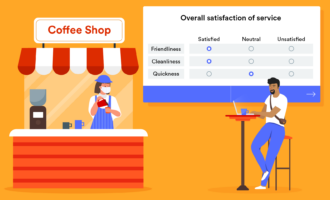

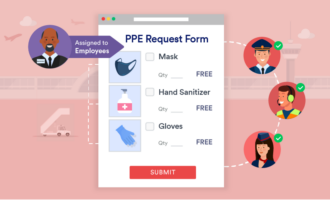











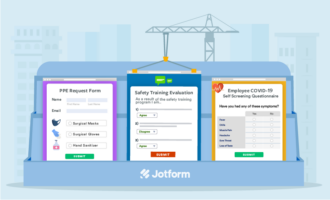


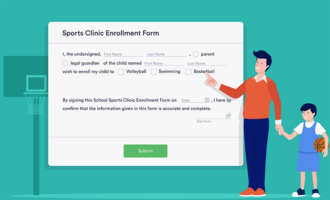
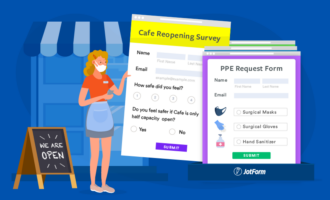




Send Comment: